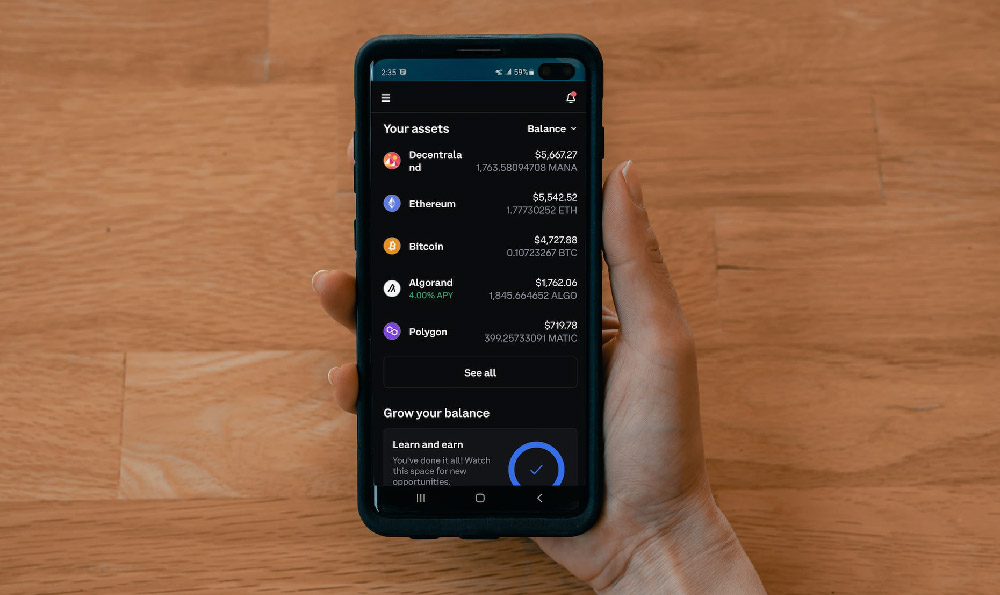Can You Make Money on Twitch? Streamer Earnings Guide

Twitch has transformed from a simple platform for live gaming streams into a bustling hub for digital content creation, where streamers have numerous opportunities to generate income. For those interested in leveraging this space, the journey often begins with understanding the various monetization methods available and how they can be effectively utilized. While the amount earned can vary widely based on individual efforts, strategies, and the size of their audience, there are multiple pathways to explore. From subscription-based revenue to brand partnerships and content-driven earnings, each method requires a unique approach and investment of time. Building a successful presence on Twitch isn't merely about playing games—it's about crafting a sustainable income strategy that aligns with the platform's ecosystem and viewer expectations.
One of the most straightforward ways streamers can monetize their content is through subscription revenue. When viewers subscribe to a streamer's channel, they pay a recurring fee, which can range from $4.99 to $9.99 per month depending on the tier selected. This model works best for streamers with a dedicated and loyal following. To maximize subscription income, it's crucial to maintain consistent content quality, foster a sense of community, and create value for viewers. Personalized interactions, such as shoutouts or exclusive content, can further incentivize subscriptions. However, the platform's algorithm plays a significant role in how subscriptions are promoted, so understanding visibility factors and audience engagement is key. For instance, viewers who watch content regularly and interact with the streamer are more likely to subscribe, making the relationship between the streamer and their audience a cornerstone of this income stream.
Donation models are another avenue for streamers to generate income. Unlike subscriptions, which are recurring payments, donations are typically one-time or spontaneous contributions made by viewers. Twitch allows viewers to donate through the platform's built-in system, where they can send virtual currency, physical gifts, or cash donations. The flexibility of this model makes it appealing for both streamers and supporters, as viewers can choose to donate based on their interest in specific content or events. Streamers can also use external platforms like Patreon or PayPal to accept direct donations, which can be more stable for long-term financial planning. To encourage donations, streamers should create a welcoming atmosphere, acknowledge supporters publicly, and offer incentives such as personalized interactions or exclusive content. Additionally, integrating donation prompts into the stream, such as during major milestones or through custom alerts, can help remind viewers of their ability to contribute.

Brand partnerships and sponsorships are a major source of income for many Twitch streamers, especially those with a substantial following. Companies often seek out streamers to promote their products or services to a targeted audience, which can be mutually beneficial. To secure sponsorships, streamers need to build a strong reputation and maintain high viewer engagement. Starting with smaller brands or indie companies can help newcomers gain experience, while established streamers may attract larger corporations. The key to success in this area lies in maintaining authenticity and ensuring that the brand's message aligns with the streamer's content and audience. For example, a tech-focused streamer may partner with gaming hardware brands, while a lifestyle content creator might collaborate with fitness or fashion companies. These partnerships often involve a combination of streaming transcripts, overlays, and merchandise, so streamers should be prepared to invest in branding and promotional efforts.
Twitch's ad revenue program offers another way for streamers to monetize their content. While this model is more suited for those who have met the platform's requirements and joined the Twitch Partner program, it provides a passive income stream by allowing ads to play during a streamer's content. The ad revenue is typically shared between the platform and the streamer, depending on the number of viewers watching at any given time. This method is particularly effective for streamers with a large and consistent audience, as the revenue is more substantial. However, it requires careful consideration of content pacing and viewer experience, as ads can interrupt the flow of the stream. Streamers should also explore other platforms like YouTube for additional ad revenue, as these platforms often complement each other and provide more diverse monetization options.
Merchandise sales represent a creative way for streamers to capitalize on their brand and audience. By offering customized products, such as T-shirts, mugs, or digital downloads, streamers can generate additional income beyond the traditional methods. The key to success in this area is to design products that resonate with the streamer's niche and audience interests. For example, a streamer who focuses on indie games may create themed merchandise that appeals to their specific fanbase. Platforms like Teespring, Redbubble, or Amazon allow streamers to easily set up online stores, making the process of selling merchandise more accessible. However, marketing and managing these sales require effort and time, so streamers should consider integrating merch into their content strategy and utilizing social media to promote their products.
Affiliate programs and channel memberships are also worth considering for monetization. Twitch's own affiliate program allows users to earn money by sharing their streams or content through third-party platforms, such as mobile apps or family-friendly software. This model is ideal for streamers who are looking to expand their reach beyond the platform's ecosystem while earning additional income. Other platforms, like YouTube or Patreon, may also offer affiliate programs that allow streamers to track and monetize specific interactions. The value of these programs lies in their ability to provide passive income and decrease reliance on only one source of revenue. However, streamers need to be mindful of the platform's rules and ensure that their affiliate activities are transparent and aligned with their audience's trust.
Side hustles and alternative income sources can provide diversification and stability for streamers. In addition to the primary monetization methods, many streamers also engage in content creation on YouTube, collaborate with other content creators, or offer tutoring, consulting, or other services to their audience. These alternative methods can complement the income generated from Twitch and help mitigate risks associated with relying on a single platform. Exploring these opportunities requires creativity, adaptability, and a willingness to step outside the traditional boundaries of streaming. However, maintaining a balance between these ventures and the core streaming activities is essential to avoid burnout and ensure long-term sustainability.
Ultimately, the key to success on Twitch lies in consistency, audience engagement, and a strategic approach to monetization. Building a loyal community, experimenting with diverse income streams, and staying informed about platform updates and trends can significantly impact a streamer's ability to generate revenue. While the income potential can vary based on individual circumstances, anyone with dedication and creativity can find a way to make money on Twitch. From small-scale donations to major brand deals, the platform offers multiple opportunities for streamers to thrive financially. As the streaming landscape continues to evolve, it's essential for streamers to remain adaptable, innovate their strategies, and provide value to their audience to maximize their earnings.















